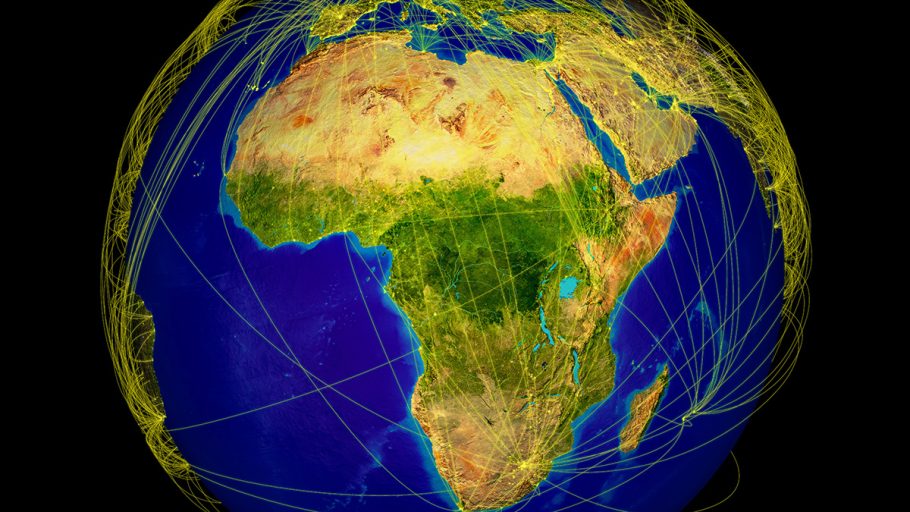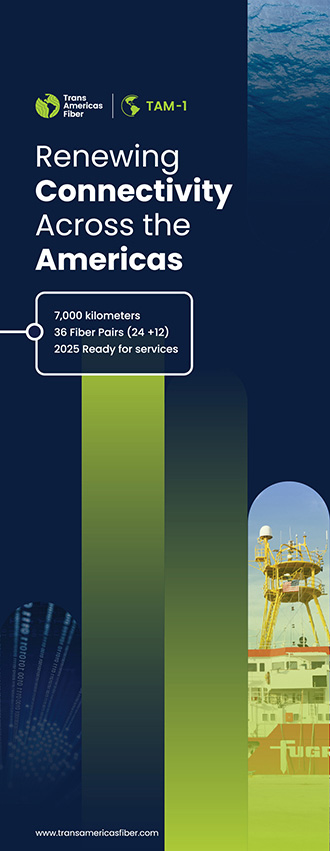In an era where global connectivity is the backbone of modern communication, the reliability and resilience of subsea cable systems is paramount. Recent events in the Red Sea and off the West Coast of Africa have once again highlighted the vulnerability of this vital infrastructure. Cable faults, whether caused by natural disasters or human activities, pose significant threats to international communication networks. It is imperative for system owners to understand and address the need for enhanced resilience in subsea cable systems to mitigate the impact of such disruptions on their users.
Understanding Recent Events
On February 24 this year, multiple international submarine cable systems, including Asia Africa Europe-1 (AAE-1), Europe India Gateway (EIG), and SEACOM/Tata TGN-Eurasia, suffered faults in the Red Sea. These cables connect distant regions such as South Africa, the United Kingdom, and China. The cause of the damage, which has been discussed frequently, may have been attributable to a ship’s anchor, a common cause of submarine cable faults. Subsequently, on March 14, several West African cables, including Africa Coast to Europe (ACE), MainOne, SAT-3/WASC, and West Africa Cable System, were also reported as damaged. While the precise locations and causes of these faults remain unclear at the time of this writing, the cumulative impact of these events underscores the vulnerability of subsea cable systems to external threats.
ABOUT THE AUTHOR
Lynsey Thomas is a subsea specialist who has been involved in the international subsea business since 1995. She has a keen interest in corporate strategy development, network planning, project management, and solutions marketing. She is experienced as a customer, supplier, consultant director, and trustee. Thomas has held senior posiztions in Cable &Wireless, Apollo SCS, Xtera, and SubSea Networks Ltd. and is a board member for Cirion Technologies. She holds a master’s degree in engineering science from the University of Oxford.
Eckhard Bruckschen is a master mariner and MBA with more than 30 years of experience in the offshore submarine cable industry. This experience includes plough and trenching / ROV operations; remedial works; installations of fiber optic, power, umbilical, and flexible pipes; and burial and bridge operations. Across his career, Bruckschen has managed the construction of over 40,000 kilometers of submarine fiber optic cables and 2,500 kilometers of submarine power cables.



